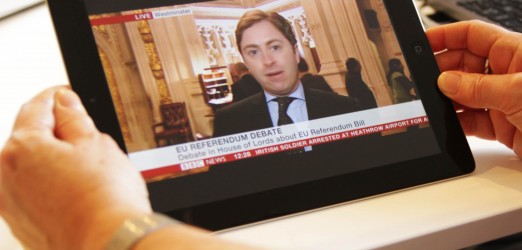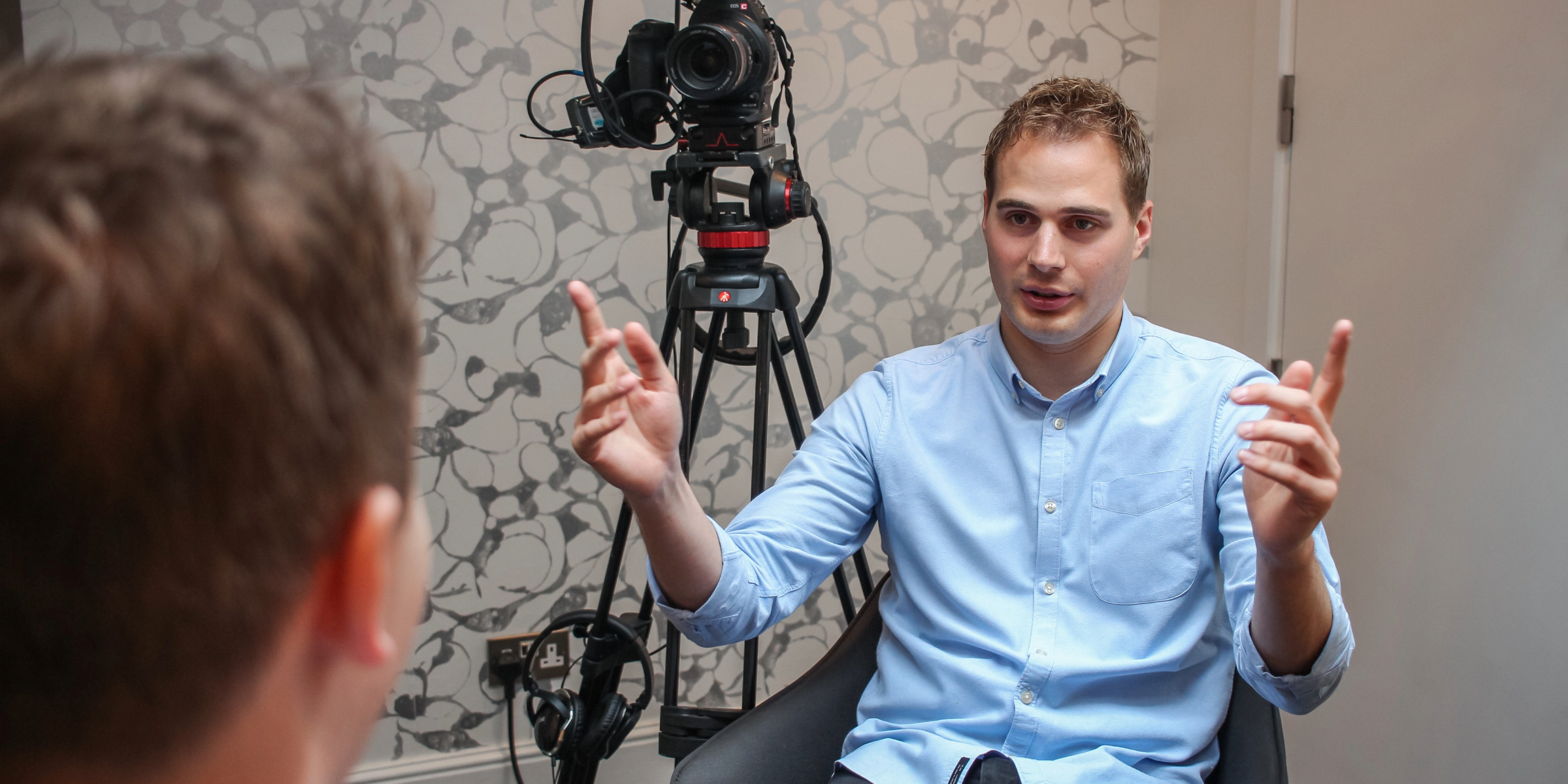Assuming your story is newsworthy
Just because you say your story is newsworthy doesn’t make it so! Journalists want a new story, or the very least a new angle on an old story. It needs a peg (a reason for covering a story on a particular day) and a top line or headline that can be summed up in a sentence. Recycled old research just won’t do. News (and even mid-morning feature shows and daytime TV) requires a fresh approach.
Broadcasters like stories that their audiences can relate to. It’s all about audience figures – and the more the audience relates to the story, the less likely they are to channel hop. A good test of the strength of a story is the water cooler or pub moment – a story that has such an impact on you, because it’s shocking, or quirky, or funny or poignant, that it stays with you and you tell others about it.
Mistaking coverage for advertising
There’s a fine line between making the most of a high-profile opportunity on television or radio – and blatant advertising. Whether the station is a BBC or commercial one all broadcast journalists are sensitive to this issue. Take all PR stories from the air waves and you’d find big black holes in the schedules, so most broadcasters will accept there’s a compromise to be found with the PR industry.
One to two brand mentions in a short news story is a successful piece of broadcast PR. On television this can include visual branding, or the name of a company alongside the spokesperson’s name and title.
With pre-recorded interviews you can push your luck a little more, knowing that out of the several answers you gave normally only 1 or 2 will be used. But with live interviews you have to proceed with caution – or risk the producer cutting you off mid-interview and never inviting you back on the show again.
Sometimes it goes the other way and a producer sticks rigidly to their rules, refusing to give the brand a mention at all. For pre-recorded interviews this is something our media relations team will try to negotiate at the time an interview is arranged. For live interviews we advise that if you don’t hear the brand mentioned in the cue then try and get it in to the first answer. Obviously the more relevant you can make the brand mention the better – “This research, commissioned by X Insurance, shows….” would be perfectly acceptable.
Picking any ol’ spokesperson
Your choice of spokesperson can make or break a campaign. A commercial story (research commissioned by holiday company says we’d feel more relaxed if we took more holidays…) with just a company spokesperson would be too much for a lot of broadcasters; it falls firmly into the point made above – it’s just too commercial.
Without question, you get more coverage when you can associate a third party spokesperson with your campaign. Often your spokesperson of choice is dictated by budget. If money is no object (and they were willing) you might book in an A-list celebrity. But if budgets are more limited, you might consider an industry expert, an academic, a charity or life coach instead – depending, of course, what the topic was.
A- or Z-list, spokespeople do have to be relevant to the story in some way. So an awareness campaign for a health condition might have a spokesperson who has suffered the condition themselves. Or they’re a patron for a particular charity. Or it’s a car/hobby/food they’ve loved for years and can enthuse about.
Avoid these common broadcast PR mistakes to ensure you maintain the integrity and reputation of your brand. For more expert information on maximising broadcast PR coverage, download our free Media Relations Guide.



